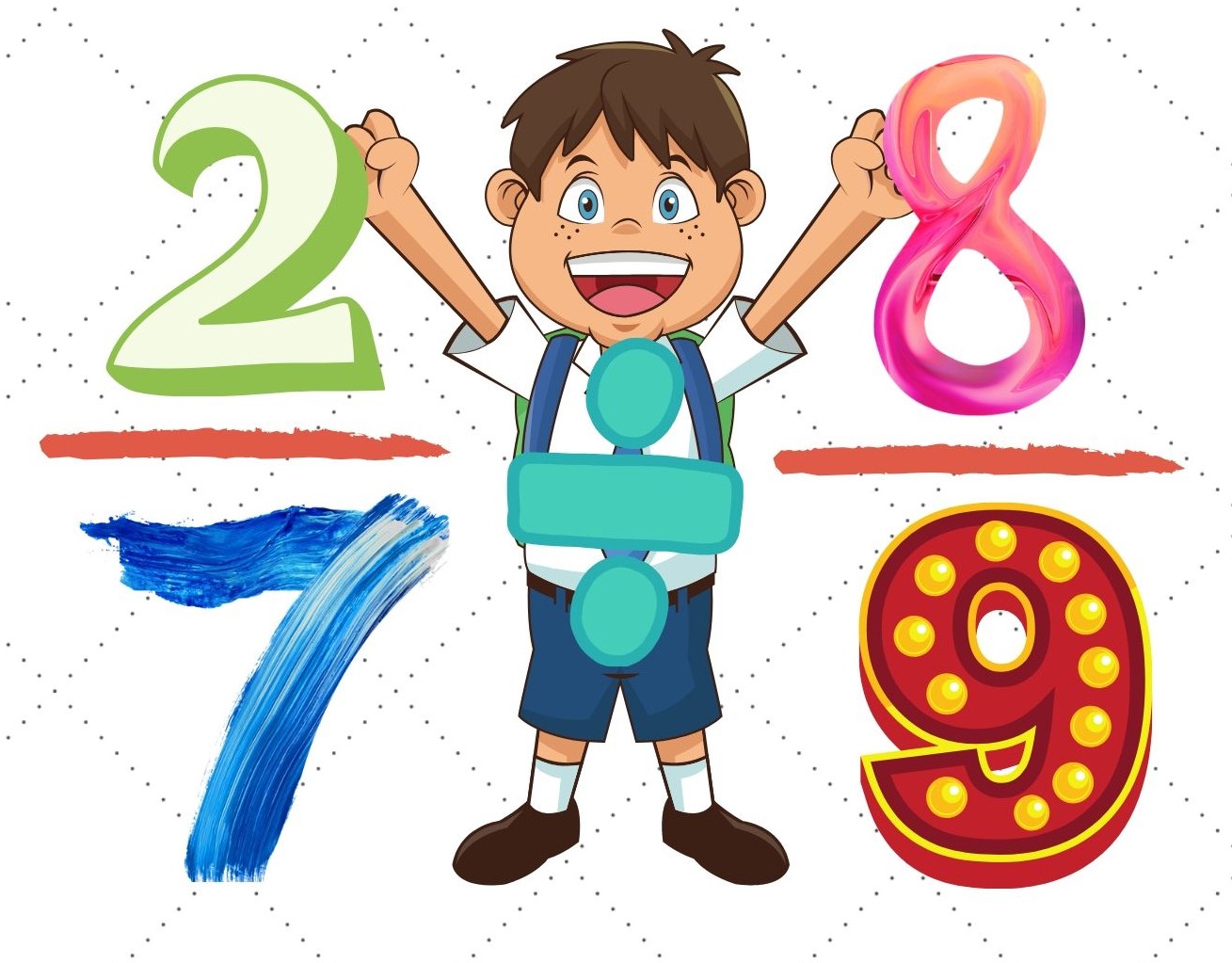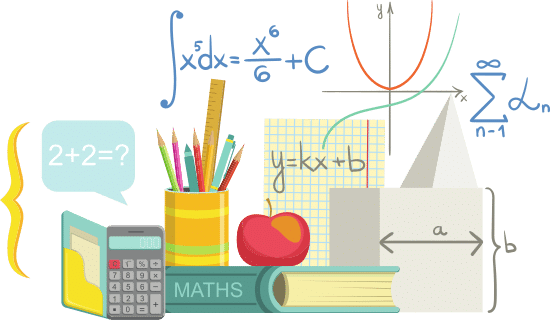
Mathematics 5
The learner demonstrates understanding and appreciation of key concepts and skills involving numbers and number sense (whole numbers up to
K to 12 BASIC EDUCATION CURRICULUM
K to 12 Mathematics Curriculum Guide August 2016 Page 8 of 257
Learning Materials are uploaded at http://lrmds.deped.gov.ph/. *These materials are in textbooks that have been delivered to schools.
GRADE LEVEL GRADE LEVEL STANDARDS
10 000 000, order of operations, factors and multiples, fractions and decimals including money, ratio and proportion, percent); geometry (polygons,
circles, solid figures); patterns and algebra (sequence and number sentences); measurement (time, circumference, area, volume, and temperature);
and statistics and probability (tables, line graphs and experimental probability) as applied - using appropriate technology - in critical thinking, problem
solving, reasoning, communicating, making connections, representations, and decisions in real life.

Mathematics 6
At the end of Grade 6, the learner demonstrates understanding and appreciation of key concepts and skills involving numbers and number sense (whole numbers, number theory, fractions, decimals, ratio and proportion, percent, and integers);measurement (time, speed, perimeter, circumference and area of plane figures, volume and surface area of solid/space figures, temperature and meter reading); geometry (parallel and perpendicular lines, angles, triangles, quadrilaterals, polygons, circles, and solid figures); patterns and algebra (continuous and repeating patterns, number sentences, sequences, and simple equations); statistics and probability (bar graphs, line graphs and pie graphs, simple experiment, and experimental probability) as applied -using appropriate technology - in critical thinking, problem solving, reasoning, communicating, making connections, representations, and decisions in real life.